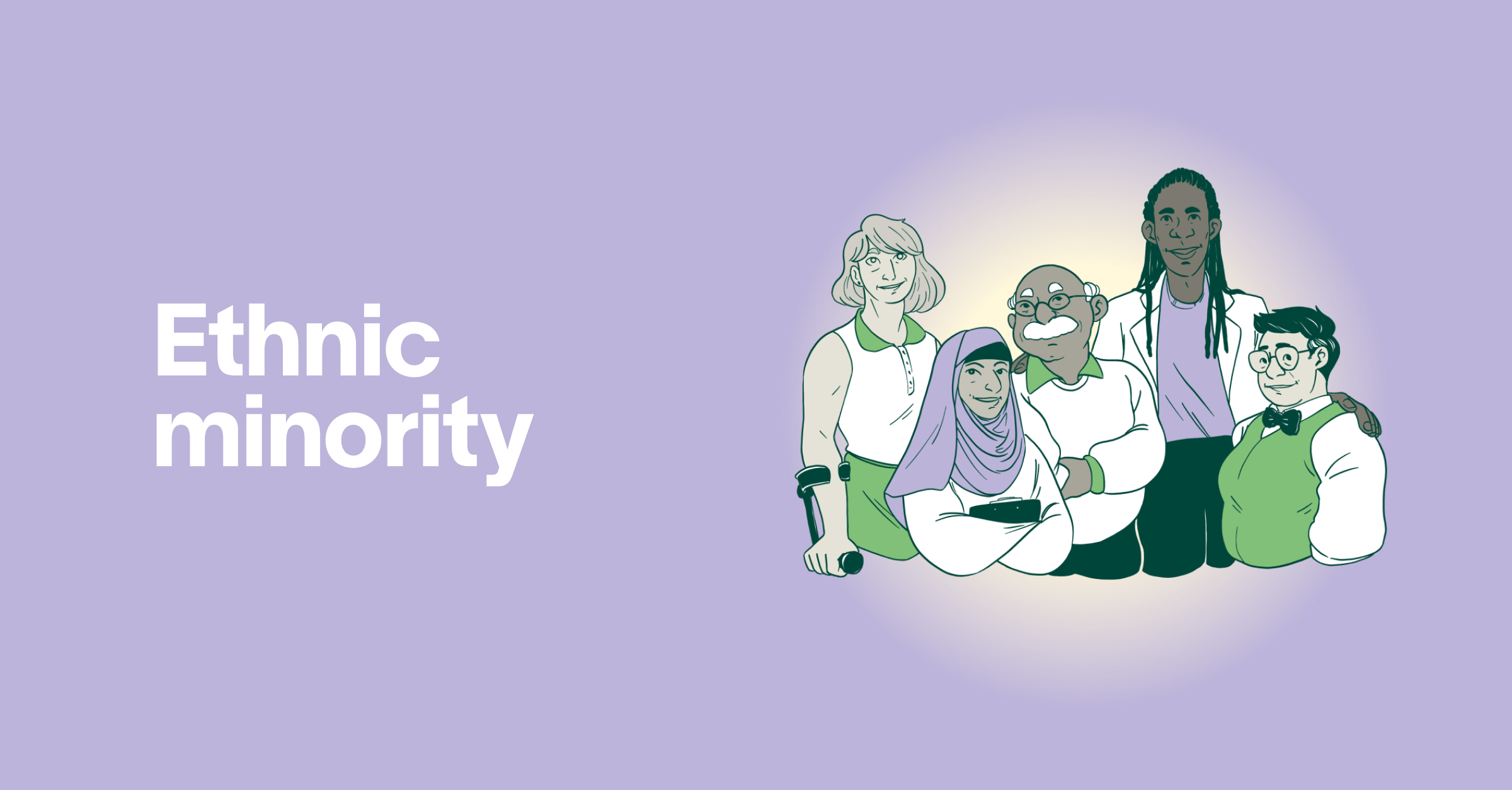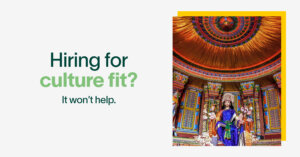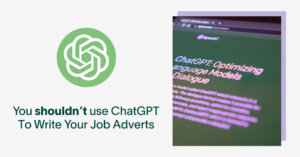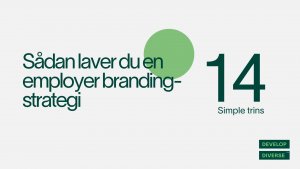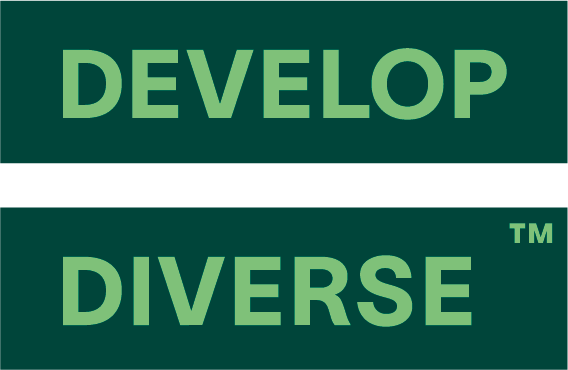As a society, we all share a natural desire to be part of a collective identity. We attach labels to ourselves that help us make sense of who we are, and carve out our place in society.
But often, these labels come with a whole set of biases, stereotypes, and discrimination attached — especially when an individual identifies as belonging to an ‘out-group’, such as an ethnic minority. This can have a strong impact on the language we use at an unconscious level.
In this post, we’ll explain how we define the term ethnic minority within our platform, and how awareness of different stereotypes helps you eliminate unintentional instances of exclusion in your company’s language.
What do we mean by ethnic minority?
“Ethnic minorities refers to groups of people that have been historically categorised as minority groups,” explains Ansa Mahmood, Research Specialist at Develop Diverse. “Typically, this refers to people from non-Western backgrounds, who have historically seen their identity diminished to a certain degree compared to the majority group.
“People who belong to different ethnic minority groups experience different degrees of discrimination and bias,” Ansa adds. “There are different stereotypes and types of discrimination that exist between different groups, but there are also differences between individual experiences of discrimination and bias between members of the same group. These can shape how each individual interacts with the world around them.”
When each individual has their own experiences of discrimination and bias, it can be hard to know how your organisation’s language choices and methods of communication impact different groups.
But what we do know is that although individual experiences of discrimination differ, there are some overlaps in how ethnically marginalised groups collectively experience discrimination and bias. And once we can spot what these are, we can make more conscious linguistic choices that lead to more inclusive communication, for everyone.
How to identify ethnic minority linguistic stereotypes using Develop Diverse
Identifying unintentional bias towards ethnic minority groups in your organisation’s language choices — including job adverts, internal communication, and among teams — will help you build a more inclusive culture where everyone feels that they belong. In fact, this is a crucial step towards writing job ads while avoiding cliches.
But how do you identify when stereotyping and discrimination pops up? It’s about identifying where experiences overlap to harm inclusion.
“Everyone experiences discrimination to a different degree, so it’s impossible to surface all those different individual experiences,” Ansa says. “This is why when we talk about ethnic minorities at Develop Diverse, we’re not referring to one specific ethnic minority. We’re referring to everyone who is categorised within those groups. This might mean someone from an Arab background for example, or someone from a specific religious background.
“In the Develop Diverse platform, we have found commonalities in language that express bias or discrimination. In our research phase, we identify the key words and phrases that have historically fostered exclusion among ethnically marginalised groups. Although there may be a variation in who this language refers to across different regions, identifying these common trends means organisations can see the impact of their language choices.”
When the Develop Diverse platform identifies words that could express discrimination or bias towards people from marginalised groups, it’s not suggesting that all people from all groups experience the same level of discrimination. Instead, it’s more to highlight common trends that can communicate bias or discrimination among different groups.
And often, it’s less about the word or phrase itself — and more about what it communicates to individuals from different backgrounds.
“As a personal example, my parents are originally from Pakistan, and they immigrated to Denmark in the 80s,” says Ansa. “At school, I was always told I was bright because I had integrated well with the Danish kids, rather than based on my own merit. Now as an adult, when I see job adverts that use terms like ‘unique’ or ‘extraordinary’, I never for a second think that they’re referring to me.”
A job description for example, that contains words like ‘drives’ or ‘native speaker’ might seem quite innocuous to an individual from a majority group. But it’s how these words are interpreted by folks from different groups that matters. ‘Native speaker’ may communicate to an expat worker that they can’t apply to your role. ‘Drives’ may communicate to a Black candidate that your culture is competitive and non-inclusive.
Identifying and eliminating these unintentional instances of non-inclusive language means your organisation is better able to create an environment where people from different backgrounds and groups feel able to thrive.
How to Describe Ethnicity in Writing
To describe ethnicity in writing we suggest you to –
- Mention ethnicity only when relevant. Don’t force it – focus on the person and their story. Usually job descriptions don’t require mentioning any ethnicities.
- Avoid stereotypes and slurs. There’s a world of difference between “a strong Latina character” and a stereotypical portrayal.
- Be specific, not general. Instead of “BAME,” use “Chinese” or “Nigerian.”
- Respect self-identification. If unsure about someone’s preferred term, ask!
- Embrace multiple ethnicities. People can identify with more than one group.
- Consider global audiences. Terminology for ethnicity varies by country.
- Focus on people, not labels. Use terms like “Black people” instead of “Blacks.”
- People-first language matters. “Students from Vietnamese backgrounds” is more respectful than “Vietnamese students.”
- Use “background” or “heritage” to describe ethnicity.
- “Racialized” might be appropriate for groups categorized by others.
- Capitalize ethnic group names. “Black,” “Chinese,” “White” – all deserve capitalization.
- “White” is preferred over “Caucasian.”
- No hyphens for compound terms. It’s “African American,” not “African-American.”
- “African Caribbean” is the current standard.
- “Mixed heritage” is more inclusive than “mixed race.”
However, by using Develop Diverse you could replace words that are ethnically stereotypical both easily and time efficiently.
Book a demo with our team today to find out how.
